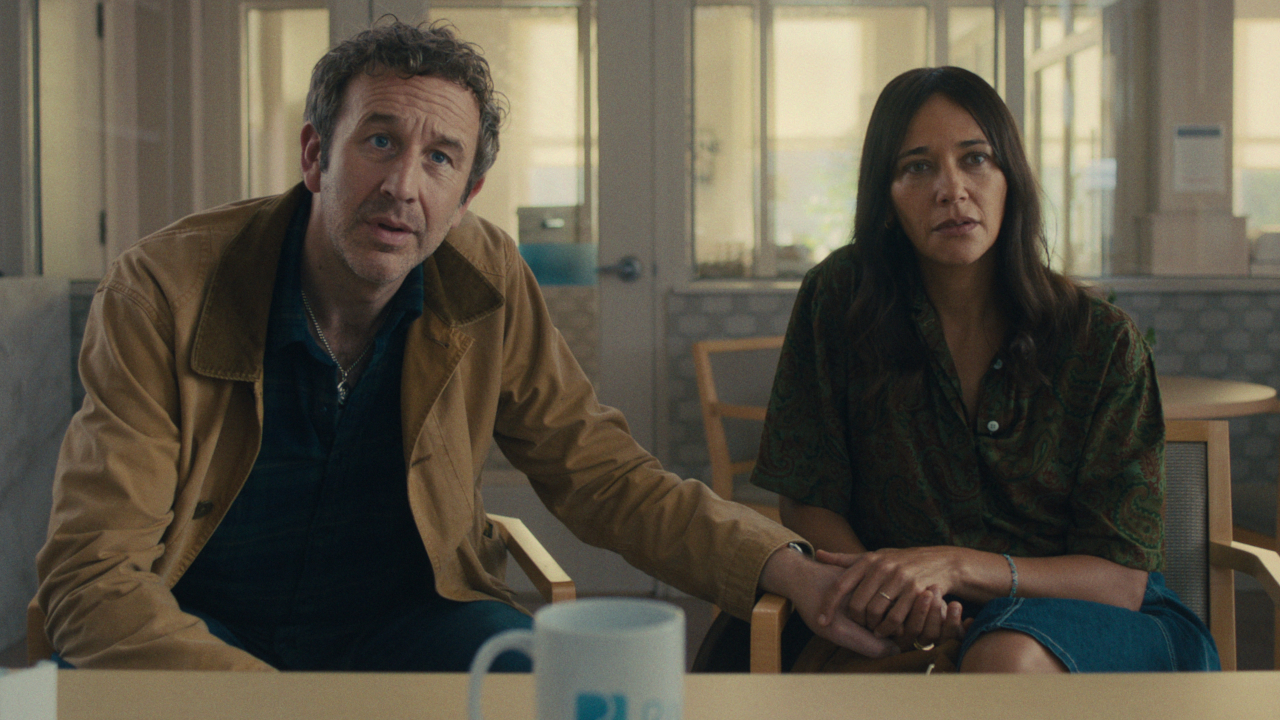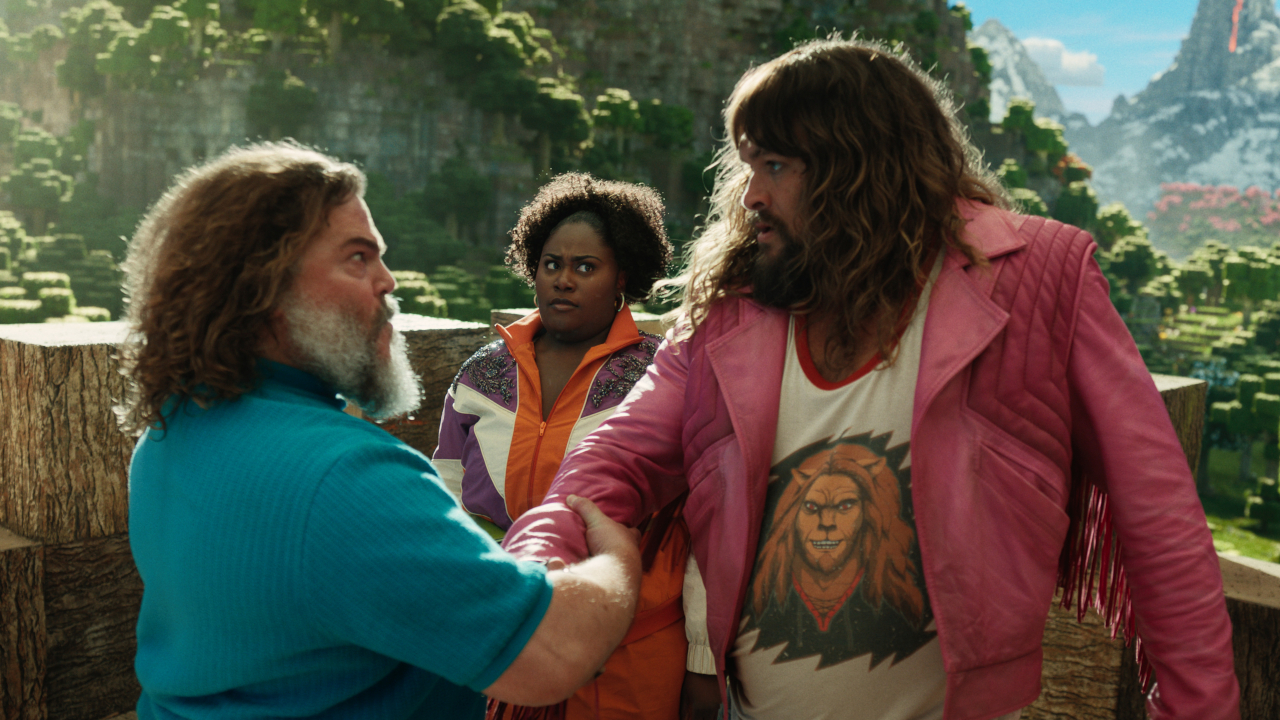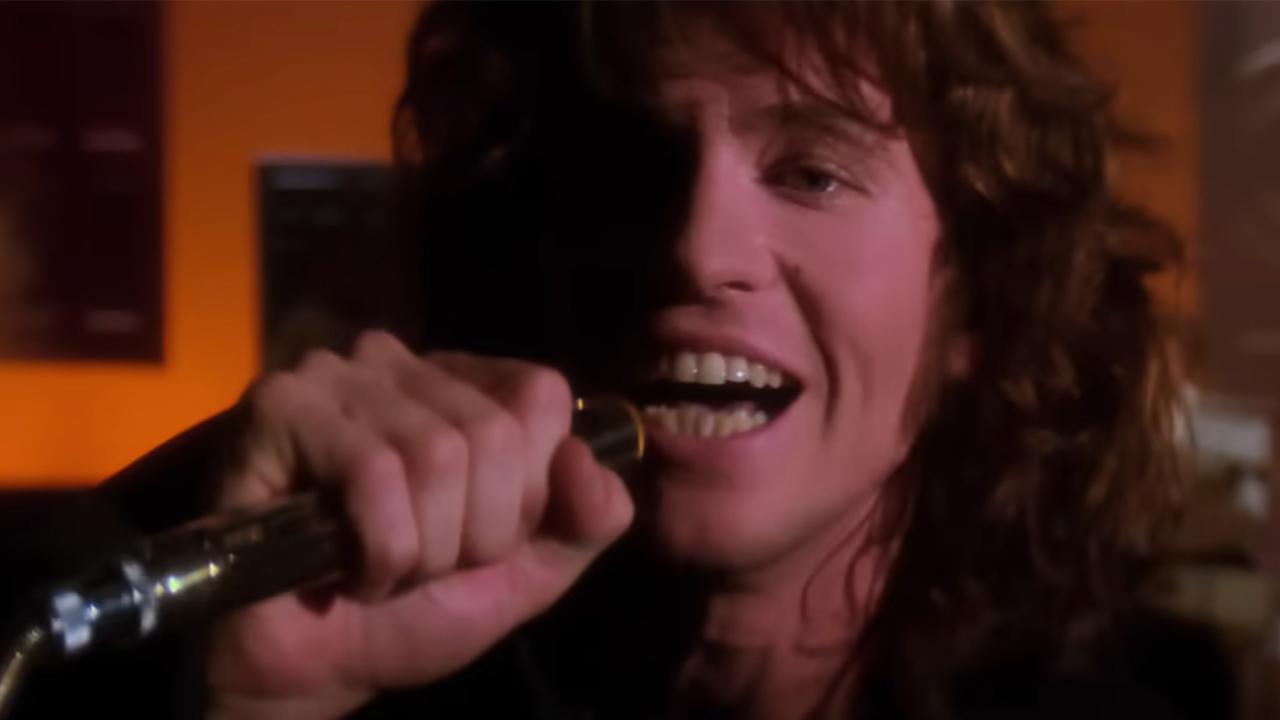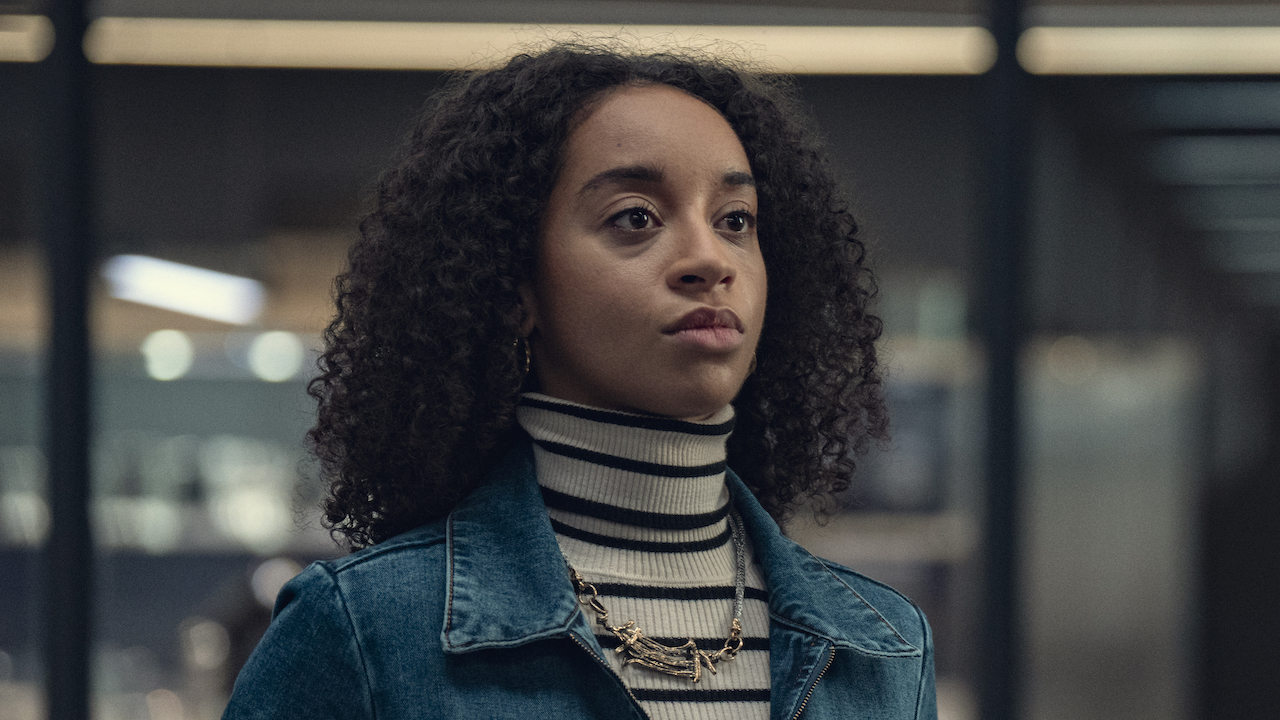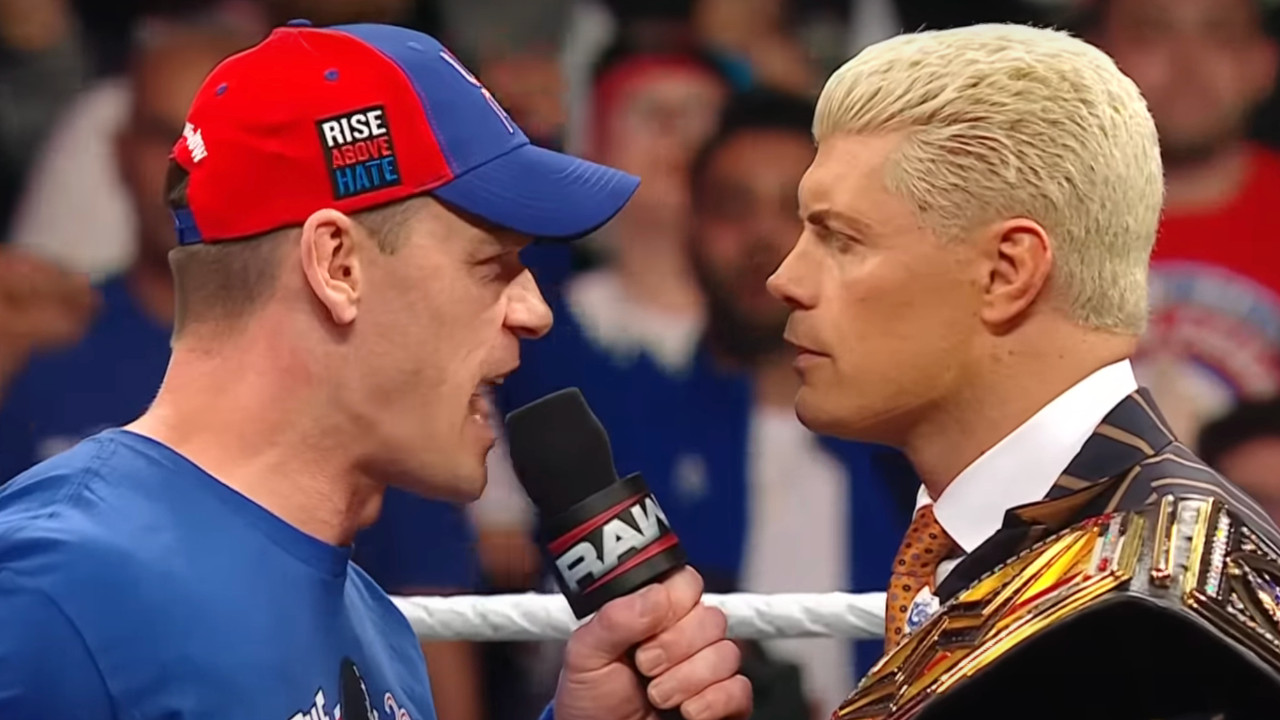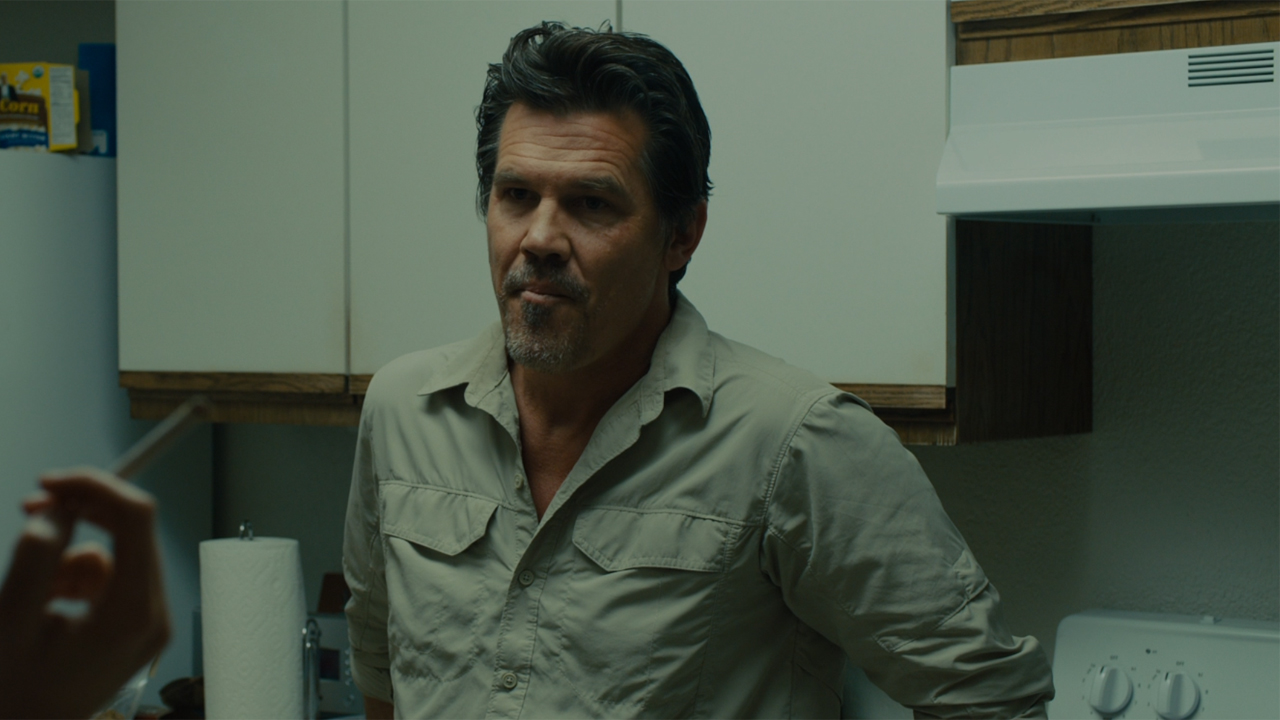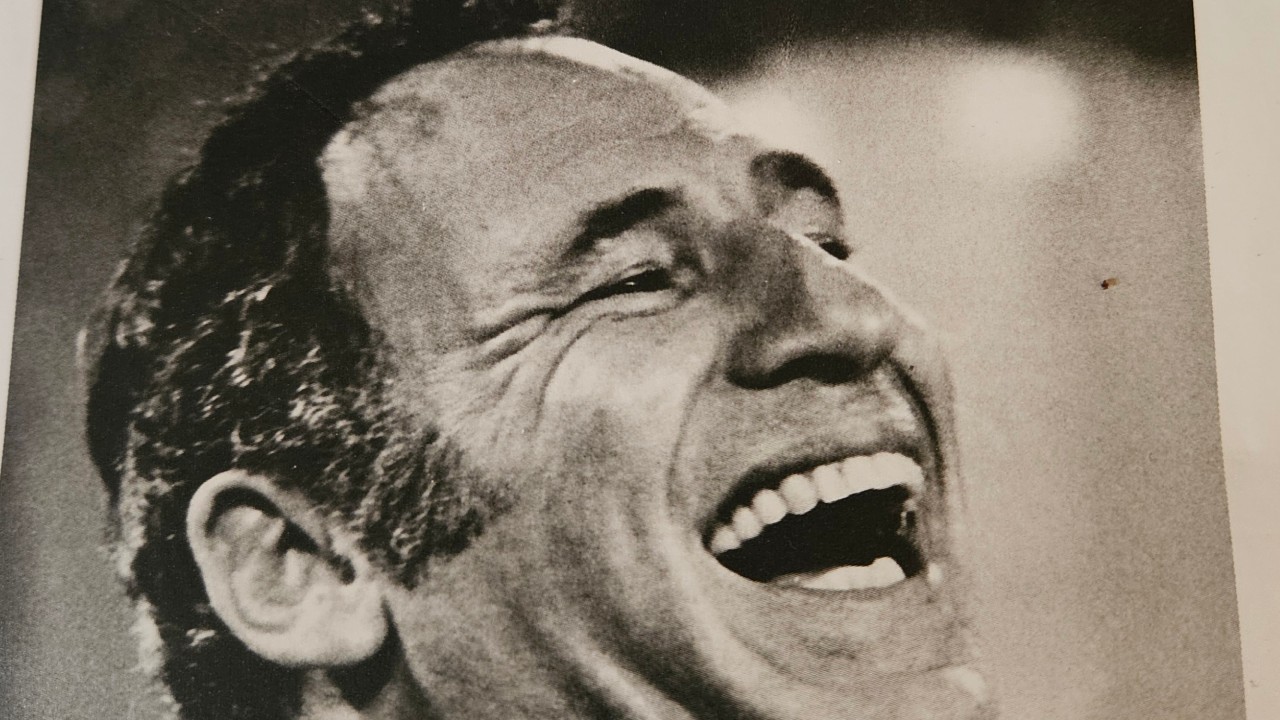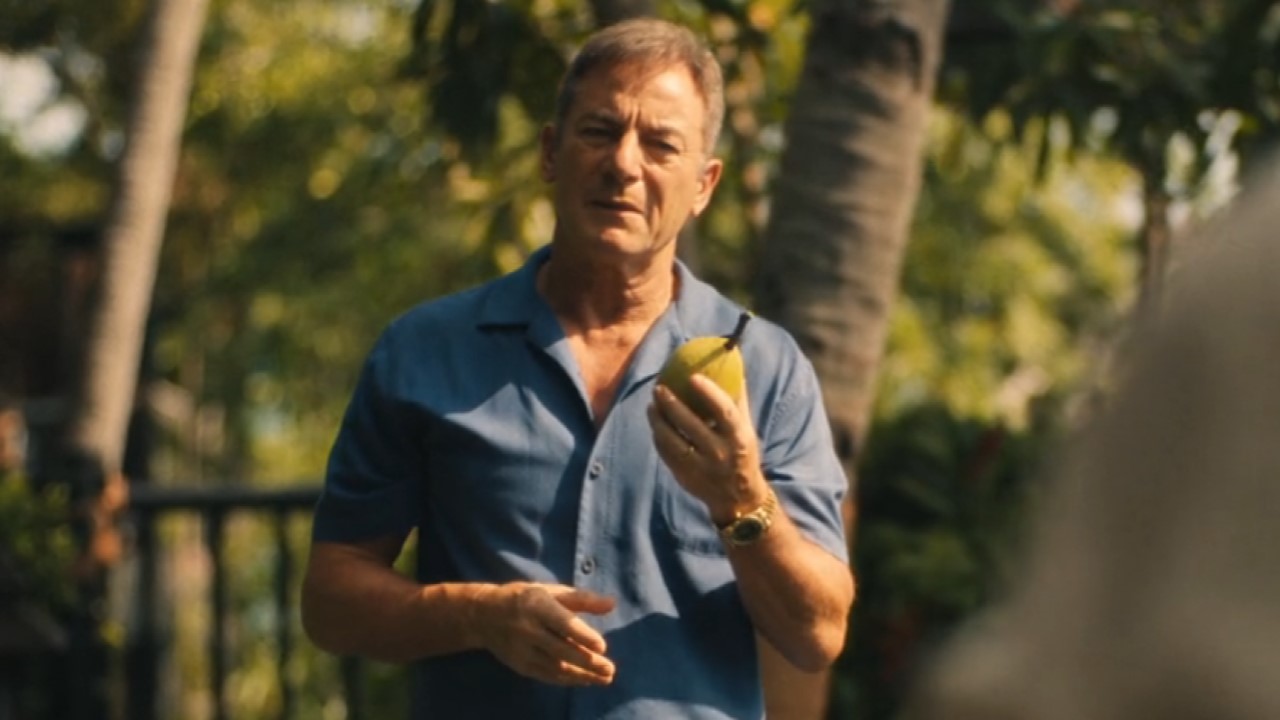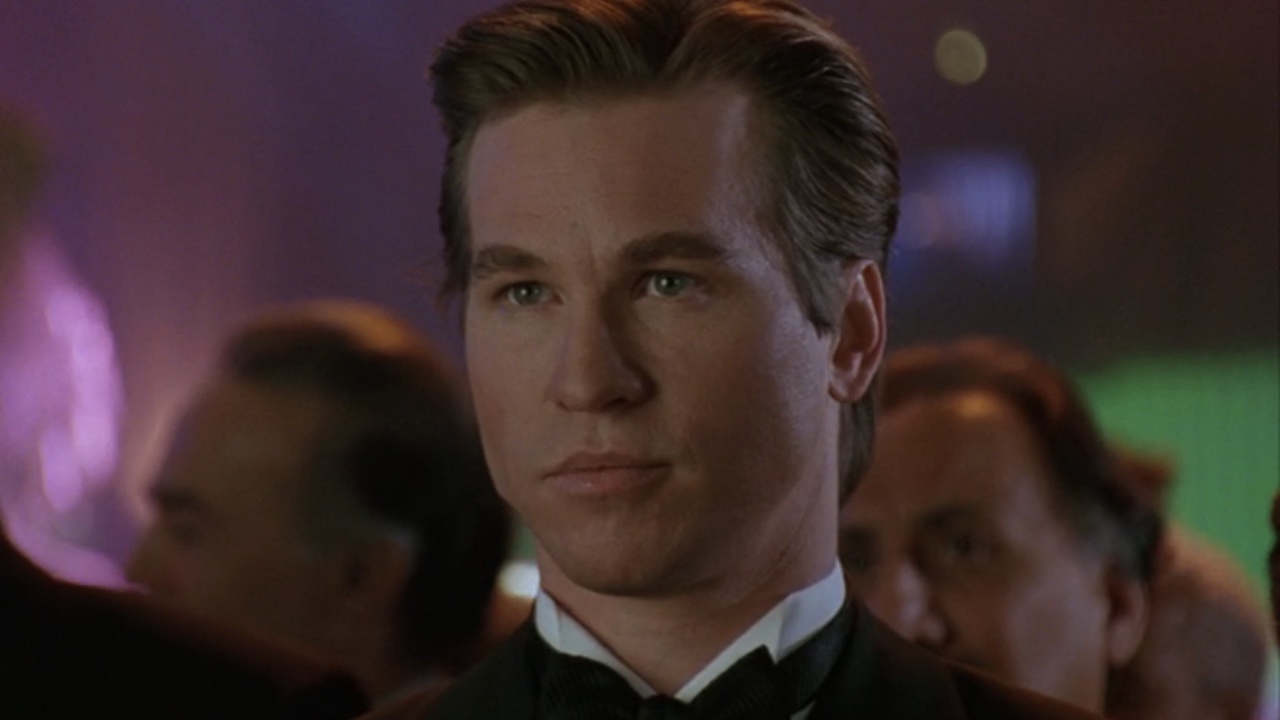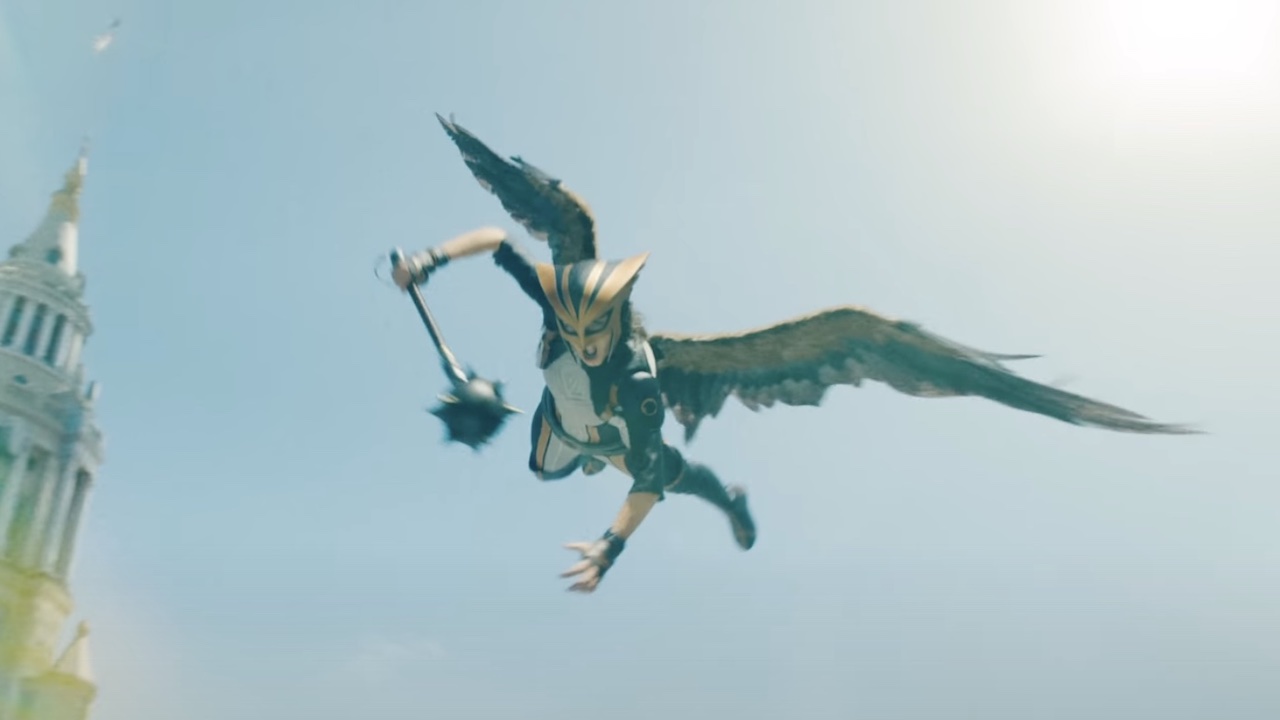The Marvel Multiverse: Everything You Need To Know About Anchor Beings, Incursions, And The Next Two Avengers Movies
Our deep dive into the MCU Multiverse.
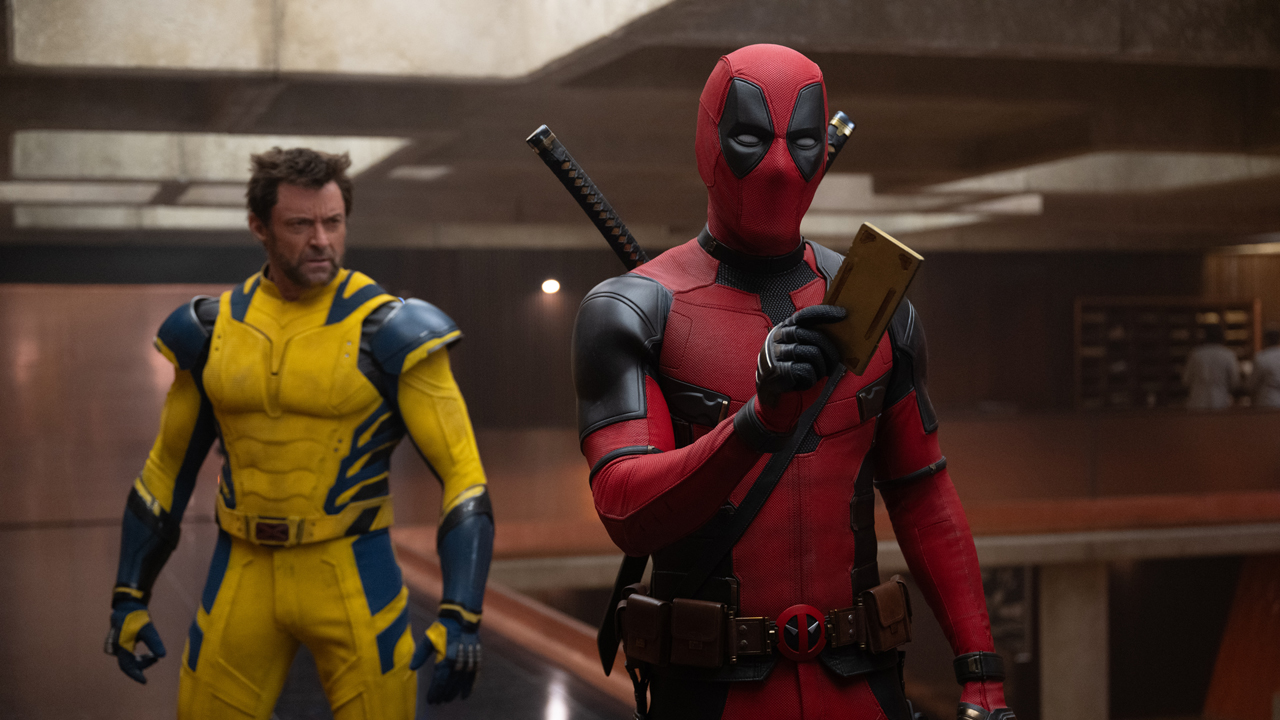
From the very beginning, the films of the Marvel Cinematic Universe have been divided up into Phases. And in 2019, Marvel Studios President Kevin Feige declared that the films of the first three Phases were going to be known as The Infinity Saga. What was next?
Beginning with Phase Four, Marvel Studios started to roll out – both in the movies, and on the Disney+ television shows – the seeds of what is now known as The Multiverse Saga. But it has proven confusing, especially to audiences who don’t religiously follow every major Marvel storyline, and don’t quite get what the Multiverse is. With that in mind, we decided to compile everything that we know (and that you need to know) about the MCU Multiverse so you can hop back into Marvel’s upcoming movies and prep yourself for the insanity that’s likely coming in movies like Deadpool and Wolverine, The Fantastic Four, and the planned one-two punch of Avengers: Doomsday and Avengers: Secret Wars with Robert Downey Jr. returning to play Doctor Doom.
The Multiverse And The Sacred Timeline
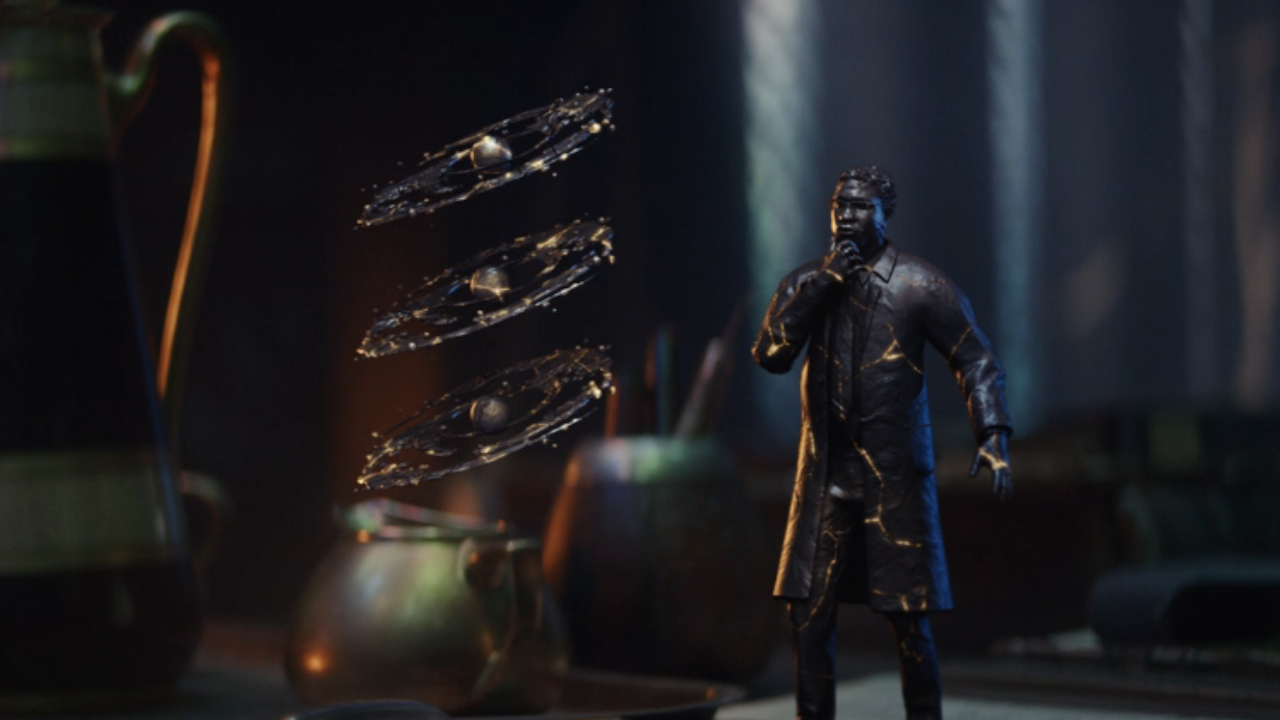
What Exactly is The Multiverse?
Essentially, the Multiverse refers to the existence of other universes that co-exist simultaneously to ours. In the season finale of Loki Season 1, the image presented shows co-existing universes “stacked” on top of each other, but operating independently. Usually, details in the multiverses are different from what we know about our primary universe. (On Earth-838, for example, cars go on red and stop on green. It’s crazy, I know.) But there can be similarities between the worlds.
How was the MCU’s Multiverse discovered?
For this, we have to leap forward all the way to the 31st century. In that distant future, a respected scientist named Kang discovered the existence of other universes that were operating concurrently to his own. He wasn’t alone in his findings. Other Kangs in other universes also were discovering that alternate universes existed. In time, the Kangs figured out how to communicate. These top minds of their respective universes collaborated to advance each other’s universes, leading to a period of tremendous peace and prosperity.
And we all lived happily ever after?
Well… no. Not every Kang variant was so benevolent. Some saw these existing universes as realms to conquer, and so they waged a war. One in particular, known as Kang the Conqueror, likely launched this battle for supremacy. Dubbed the Multiversal War, the conflict threatened to pull apart the fabric of all reality, and almost was the end of existence as everyone would have known it.
How did the Multiversal War end?
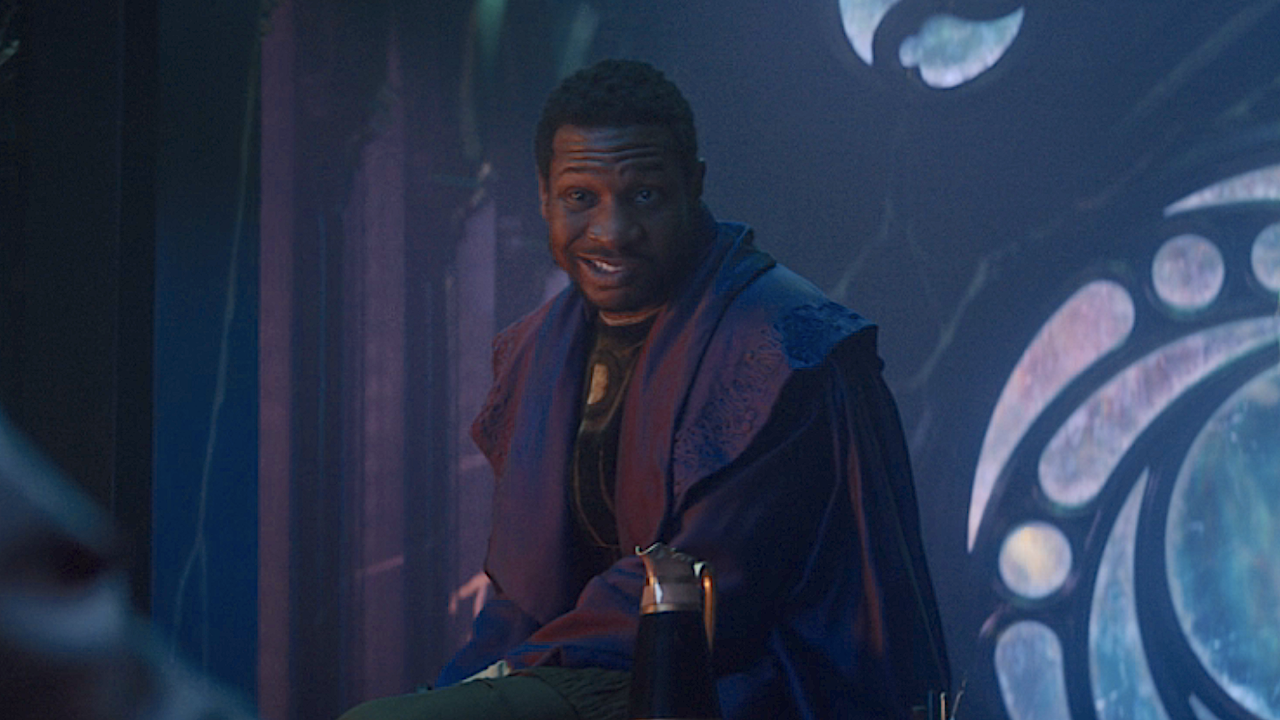
The initial Kang variant from the 31st century, believed by many Marvel fans to be Nathaniel Richards, encountered a creature that was “created from all the tears in reality.” Its name was Alioth, and this incredibly powerful creature was capable of consuming both time and space itself. In his own words, the initial Kang variant “harnessed the beast’s power,” and used it to bring about an end to the Multiversal War. We learned, in Loki Season 2, that this version of Kang was assisted by Ravona Renslayer (Gugu Mbatha-Raw) in this battle. In the end, he (and likely a handful of other Kang variants) defeated Kang the Conqueror, then exiled him to the Quantum Realm, where they believed he’d be trapped forever.
Once victorious, what did the initial Kang variant do?
In an effort to simplify things, Kang constructed a Citadel that exists in a Void that’s located at the end of time. Outside of the Citadel, the all-consuming Alioth continues to serve its master. And from his location in the Citadel, Kang organized all of the multiverses into one single timeline. It became known as The Sacred Timeline, and everything that is supposed to happen follows this timeline, for all time. Always.
CINEMABLEND NEWSLETTER
Your Daily Blend of Entertainment News
The TVA, The Time Keepers, And He Who Remains
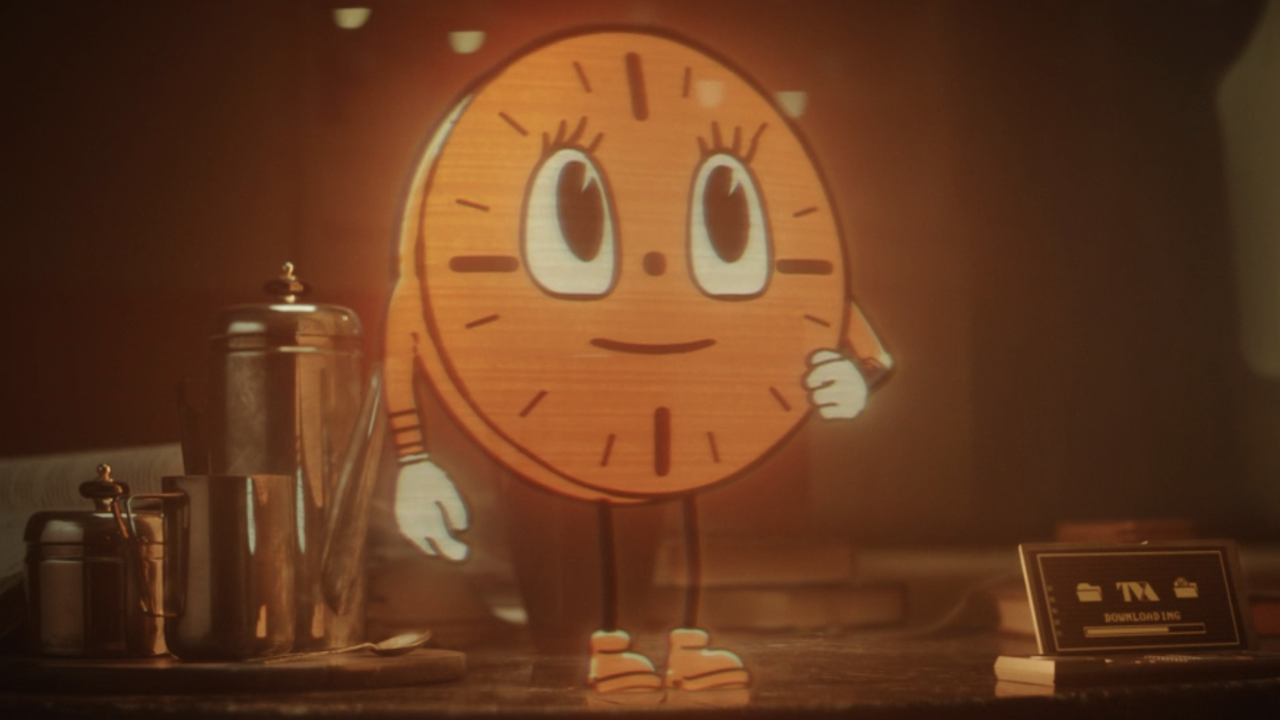
How does Kang make sure that The Sacred Timeline stays intact?
Well, he can’t do it all himself. And so Kang created The Time Variance Authority (TVA), a bureaucratic organization tasked with policing The Sacred Timeline. The TVA agents travel through time to prevent significant variations – known as Nexus Events – from happening along it. They capture Variants (the cause of the Nexus Event), delete the branch off of the Sacred Timeline, and report all happenings to the high and mighty Time Keepers. These three mysterious rulers of the TVA are the ones committed to maintaining The Sacred Timeline. With the help of their TVA agents, they protect and preserve the proper flow of time. Well, they used to. Not anymore. More on that in a few.
Did the Avengers mess with The Sacred Timeline when they time traveled in Avengers: Endgame?
According to TVA executive Judge Renslayer (Gugu Mbatha-Raw), no. The Avengers were supposed to travel through time, collect the Infinity Stones from past locations, and use them to prevent Thanos from completing his mission. But a Nexus Event did happen during The Avengers’ mission. Loki got his hands on the Tesseract and disappeared. That wasn’t supposed to happen. The moment he disappeared, though, he was detained by the TVA, they reset his deviated branch, and all was OK with the world.
So, Kang got rid of every other Multiverse?
No. Essentially, The Sacred Timeline is the main storyline that we have been following in the Marvel Cinematic Universe. And our Earth has been dubbed Earth-616. There can be tiny deviations that run parallel to The Sacred Timeline, and the TVA leaves them be, so long as they don’t branch out far enough to lead to the creation of a new Kang. We even saw a few of these alternate universes in Doctor Strange in the Multiverse of Madness, in Deadpool and Wolverine when our chatty Merc (Ryan Reynolds) was seeking variant Wolverines, as well as in the closing moments of 2023's The Marvels.
In an interview with ScreenCrush, Loki screenwriter Michael Caldron used the analogy of threads on a rope to explain how multiverses still exist alongside the Sacred Timeline. He said:
If you zoomed in on the timeline, it wouldn’t necessarily look like a straight line. It might look like almost the intertwined strands of a rope fluctuating and spiking here and there. When it becomes a problem for the TVA is when, according to their own rules, when could something branch off in a way that it could actually produce a new timeline that could produce a new version of He Who Remains? That is the practical thing that they’re guarding against.
It’s also probable that there are countless multiverses happening at once away from the confines of The Sacred Timeline, and in those multiverses, other Kangs exist. Because as we saw in the finale of Ant-Man and the Wasp: Quantumania, hundreds of different Kangs had gathered together into the Council of Kangs, and that’s going to be a major issue in the MCU’s future. Well, unless the arrival of Doctor Doom means no more emphasis on Kang. Time will tell.
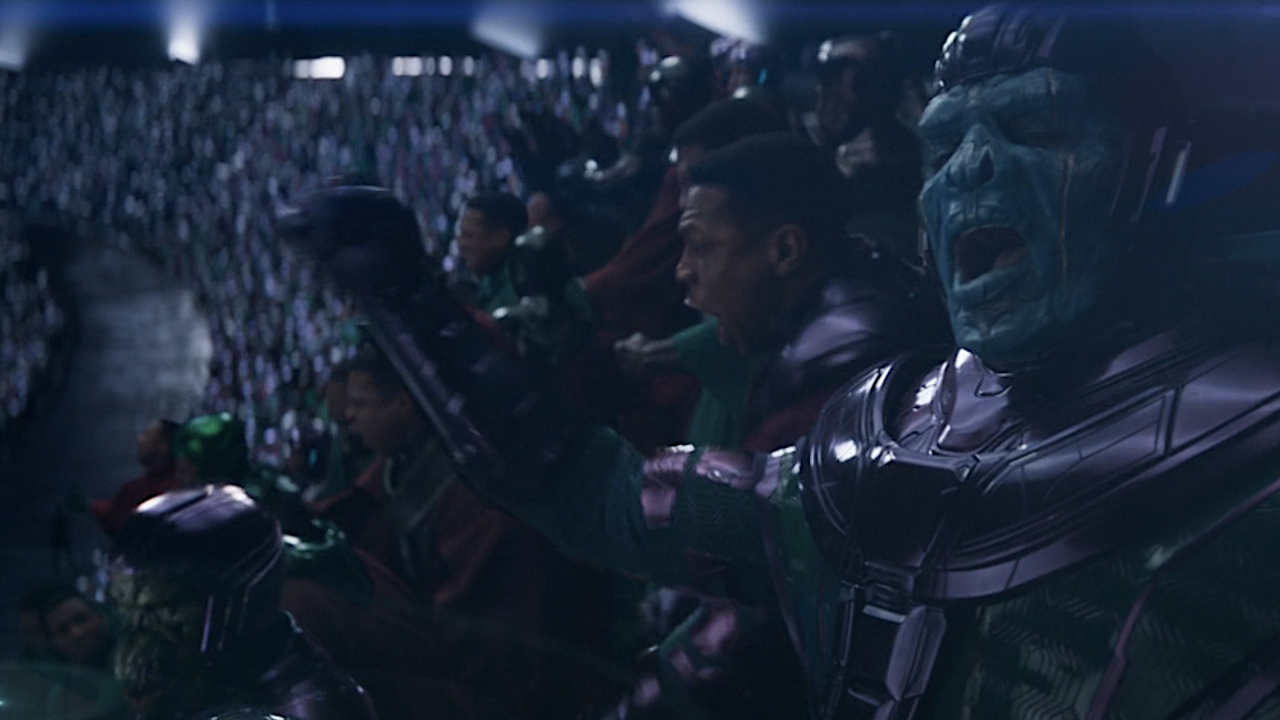
Back to the Time Keepers. Are they real?
They are not. The Time Keepers are a conceit created by the initial Kang variant, who goes by the nickname He Who Remains. They are like animatronic figures that you would find at a Chuck E. Cheese. They are basically “The Wizard” behind the curtain in Oz. At one point, as we saw in Loki Season 2, it was the lone image of Kang that stood where The Time Keepers stand. Over time, that changed.
But the TVA is real?
Yes, the TVA is real, and the work that they have been doing on behalf of He Who Remains to maintain the proper flow of time along The Sacred Timeline is real… and really important. We do learn over the course of Loki Seasons 1 and 2 that the TVA agents had actual lives, and were taken from various universes against their own will, then made to believe they served The Time Keepers. In Deadpool and Wolverine, we found out that TVA agents like Paradox (Matthew MacFayden) can go rogue and try to hastily prune whole timelines using a Time Ripper! By the end of Loki Season 2, however, the TVA now works in service of Loki, who sits where the Time Loom once sat.
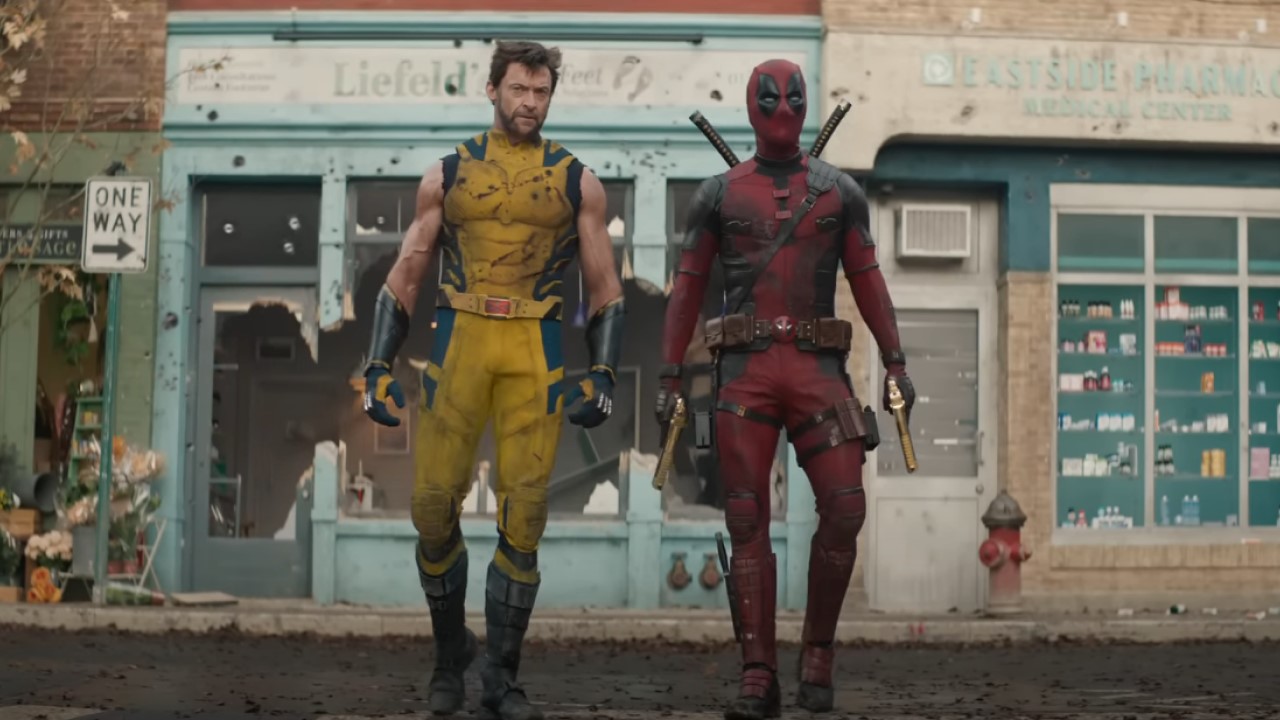
So, what's an Anchor Being?
Great question, and apparently a very important one. In Deadpool and Wolverine, we're introduced to the concept of Anchor Beings. These individuals are so important to an alternate universe that, if and when they die, the universe slowly starts to decay in their absence. The entire process can take thousands of years... unless its sped along by a rogue TVA agent like Mr. Paradox. He told Deadpool that Logan (Hugh Jackman) was the Anchor Being of Earth-10005... aka, the 20th Century Fox Marvel movies. We don't know yet who is the Anchor Being of Earth-616.
How powerful is the TVA?
Incredibly powerful. TVA office workers keep Infinity Stones as paperweights. So the MacGuffin that drove the first major Saga in the MCU, the Infinity Stones and the Infinity Gauntlet, are mere baubles in the eyes of the Time Keepers – aka, Kang. Loki, at one point, asks, “Is this the greatest power in the universe?” And all indications suggest that yes, an organization that is able to move through time, space, and multiple universes sounds unbelievably powerful. Heck, they apparently are even able to kidnap Deadpool (Ryan Reynolds)! Which probably makes Loki the most powerful being in the MCU. Or one of them, at least.
So, The Sacred Timeline is a good thing, right?
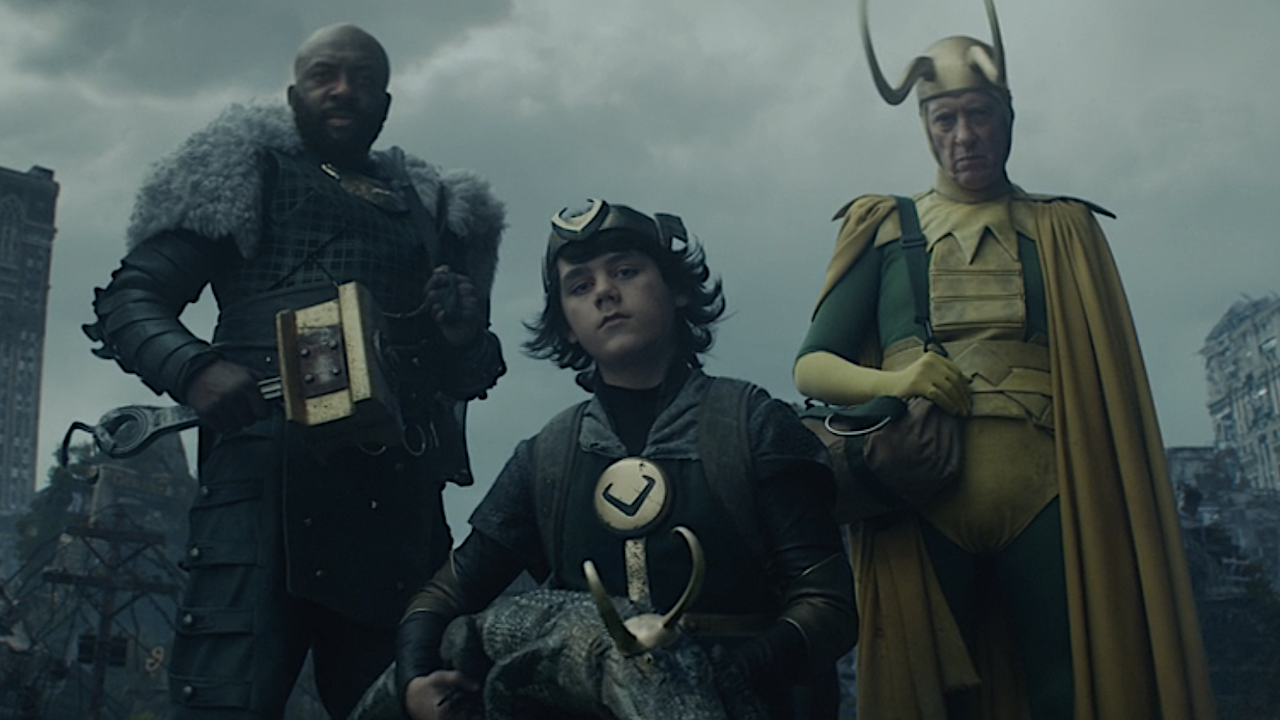
That depends on who you ask. He Who Remains certainly believes so, because he has seen the alternative, and he thinks that his variants are horrible, dangerous threats. He’s actually terrified of their potential return. This Kang worked incredibly hard to defeat Kang the Conqueror and end The Multiversal War. He thinks unraveling it would be a massive mistake.
In the Loki Season 1 finale, He Who Remains was confronted by Loki (Tom Hiddleston) and the Loki variant Sylvie Laufeydottir (Sophia Di Martino), who don’t believe in a predetermined timeline that eliminates free will. Choices should be allowed, even if they lead to Nexus Events that branch off of The Sacred Timeline. Loki EVENTUALLY prevented Sylvie from destroying the TVA, but it took an ultimate sacrifice on his part to bring that story to a conclusion.
What did Loki and Sylvie do?
As Loki Season 2 came to a close, the Asgardian claimed his throne. He figured out how to time slip all the way back to the moment where Mobius (Owen Wilson) and his TVA team tried to save the Time Loom. Only, Loki destroyed the Time Loom... and replaced it. He took all of the timeline threads, weaved them into a proper cloak for himself, and established himself as the bridge at the center of all the Multiverses. And he created an image of the legendary Asgardian tree, Yggdrasil. It was beautiful.
Traveling Through The Multiverse
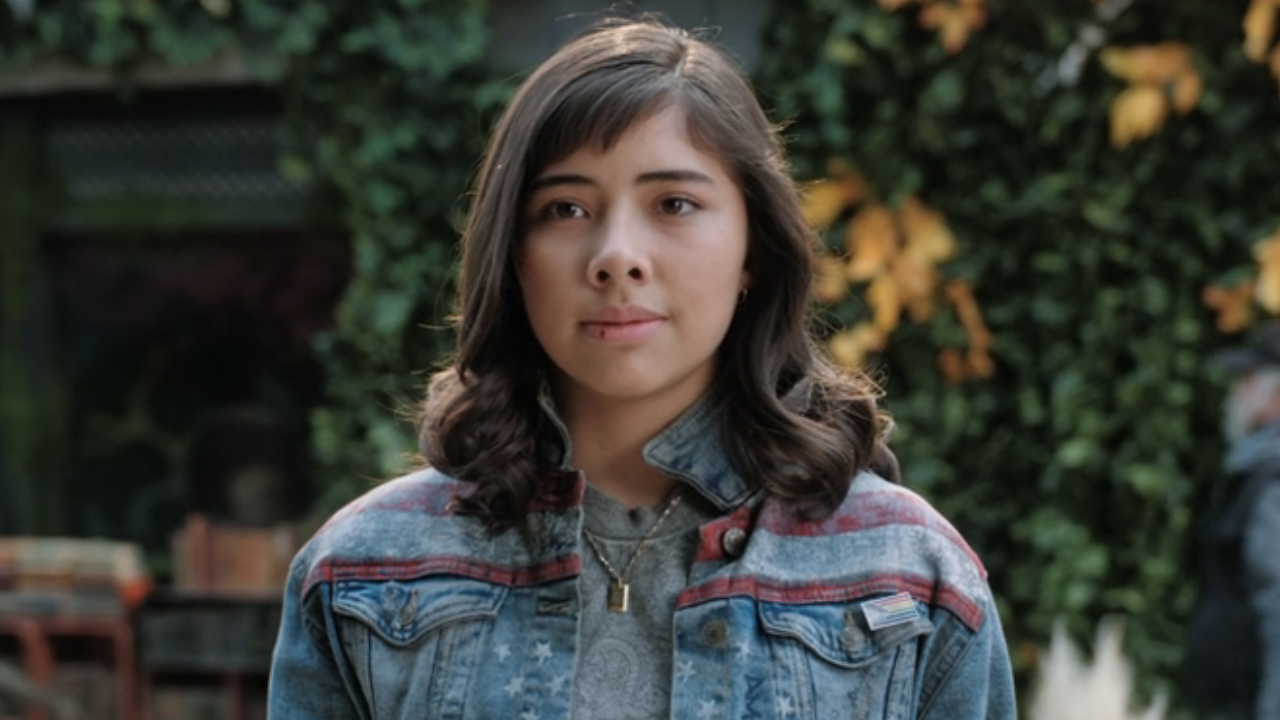
How do characters in the MCU access the Multiverse?
So far, we have seen a few different ways to access the Multiverse, as classic MCU characters like Doctor Strange (Benedict Cumberbatch) and Scott Lang (Paul Rudd) learn of its existence. In Sam Raimi’s Doctor Strange in the Multiverse of Madness, we were introduced to America Chavez (Xochitl Gomez), a teenager with the power to travel through the Multiverse. Chavez isn’t sure how she does it. All she knows is that when she’s terrified, a star-shaped portal opens up behind her, and sucks her into another universe.
Can America Chavez control that power?
Not initially. The first time that it happened to her, she was a child, and was frightened by a bee that landed on her hand while she picked flowers. The portal opened up, and swallowed America’s two mothers, separating them from their daughter. She assumes that they are dead, but has no proof, leaving the door open to a potential reunion in the future. By the end of Doctor Strange in the Multiverse of Madness, Chavez started figuring out how to better control her portal powers, and we last saw her at Kamar-Taj, training with Wong (Benedict Wong), the current Sorcerer Supreme.
Is there an America Chavez in every universe, like there’s a Kang in almost every universe?
Actually, no. Chavez tells Doctor Strange that she has visited 73 parallel universes, and discovered that there are no other versions of her in any of them.
So, anyone who wants to travel through the Multiverse needs America Chavez’s help?
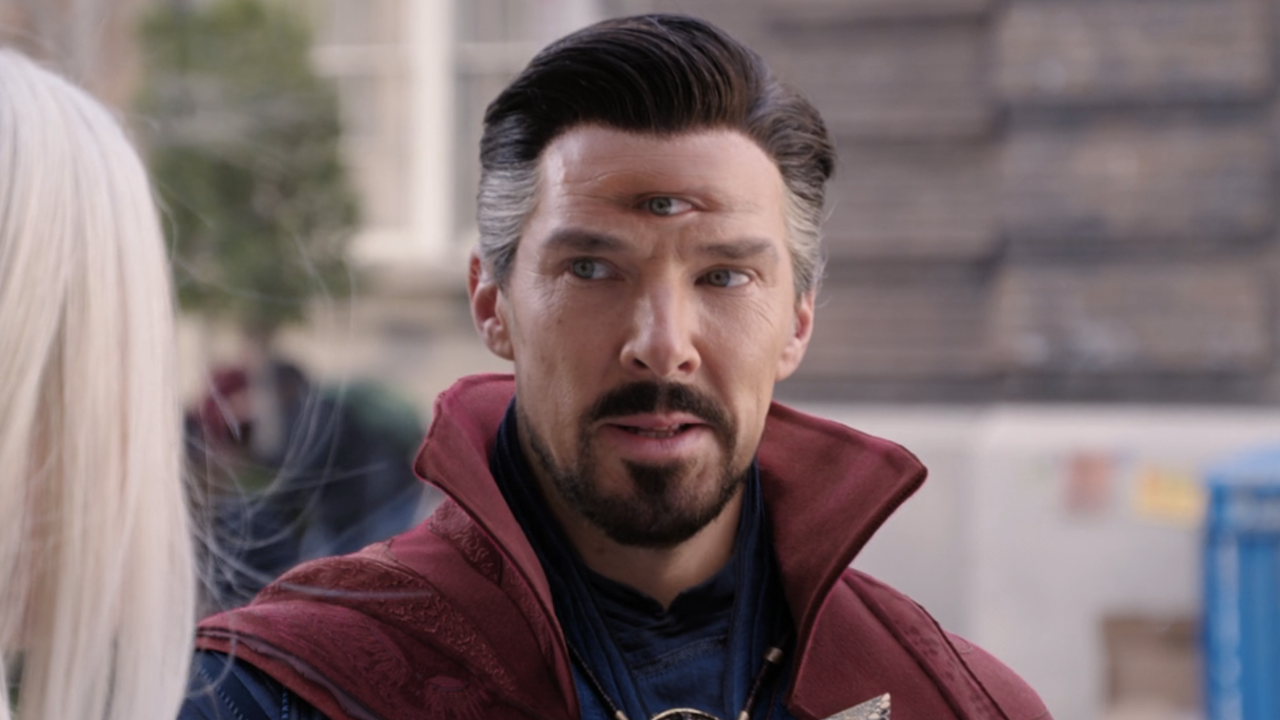

No, the MCU has shown us several other ways to travel through the Multiverse.
One of them is called Dream Walking, a dark magical spell that is taken from the pages of the corrosive, extremely dangerous Darkhold book of spells. Someone who Dream Walks possesses the body of an alternate self in a parallel dimension, and basically uses them as a puppet. The possession does not create a permanent link between worlds, but the person who is possessed can do irreparable damage to their universe. In Doctor Strange in the Multiverse of Madness, we watch the Earth-616 version of Wanda Maximoff (Elizabeth Olsen) possess the Earth-838 version of herself, and use her as a tool to fight The Illuminati (more on them in a moment). We also see Doctor Strange Dream Walk into a corpse version of himself that has been left in Earth-616. Wong warns Strange that he’ll likely experience consequences as a result of Dream Walking into a corpse. Sure enough, as the movie concludes, Strange grows a third eye in the middle of his forehead.
Another way that we have seen involves the Quantum Bands of power that Kamala Khan (Iman Vellani) uses. Though it's not explained very well in The Marvels, the villainous Kree leader Dar-Benn (Zawe Ashton) uses a band to tear holes in the universe, creating jump points. One of these tears opens up a portal to an alternate universe, in which Monica Rambeau (Teyona Parris) meets Beast (Kelsey Grammer) of the original X-Men.
Finally, in Deadpool and Wolverine, we get one scene where Wade Wilson (Reynolds) visits Earth-616, The Sacred Timeline, to interview with Happy Hogan (Jon Favreau) for a role on The Avengers. He doesn't get it, and returns to his universe, Earth-10005. How? It's not explained...
What’s the worst that could happen if you do something drastic in a parallel universe?
An incursion could happen. Basically, in an incursion, the boundary that exists between two universes erodes and they collide, resulting in the destruction of one or both of the universes. That’s really bad.
Incursions
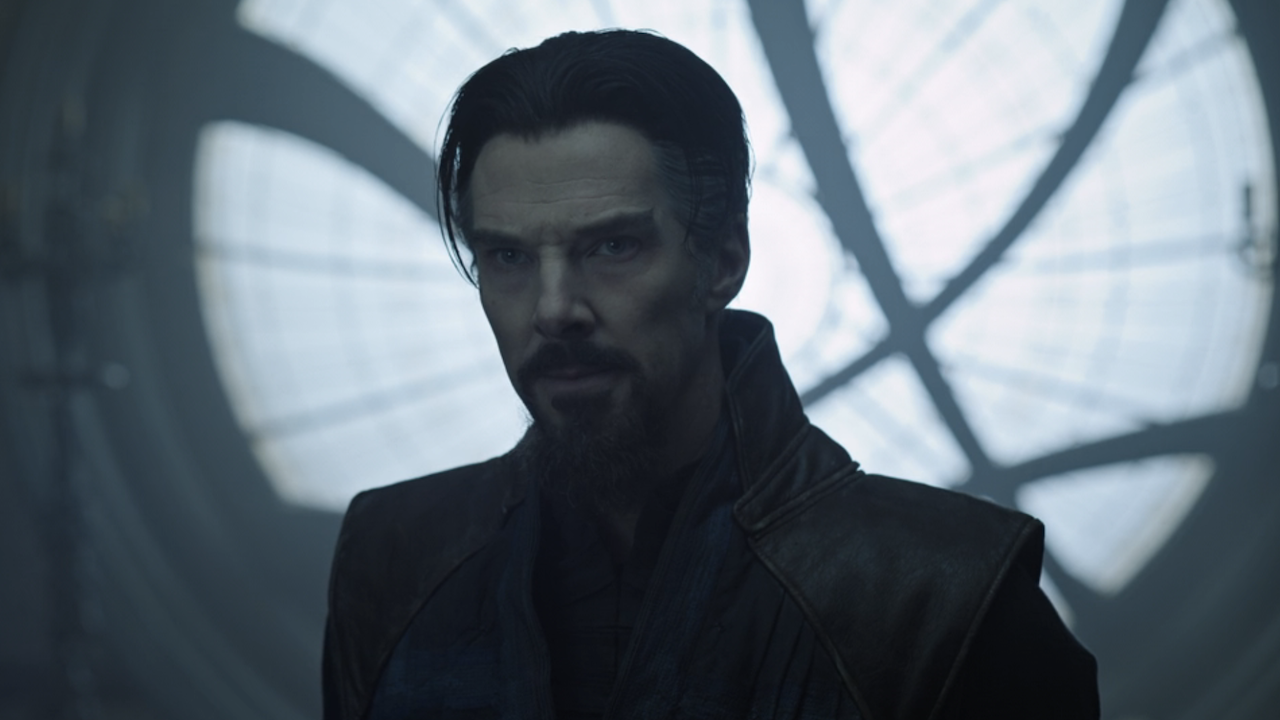
Has an incursion ever occurred in the MCU?
Yes, at least twice, and both were Doctor Strange’s fault.
While running away from Wanda, America Chavez transports our Doctor Strange through multiple multiverses, eventually landing the two of them in Earth-838. Here, Strange encounters several variants of people he knows, notably Christine Palmer (Rachel McAdams) and Karl Mordo (Chiwetel Ejiofor). He also comes face to face with The Illuminati, a team assembled by Earth-838 Strange to basically police the Multiverse and make tough decisions to maintain order.
But, the members of The Illuminati also confess that Earth-838 Doctor Strange was a massive threat to the Multiverse.
What happened to Earth-838 Doctor Strange?
His universe, just like our Earth-616, also faced Thanos. While the existing heroes of Earth-838 banded together to fight the Mad Titan, Strange took it upon himself to find his own solution. He turned to the dark magic in the Darkhold, and began Dream Walking through multiverses in search of a means of stopping Thanos. Strange became obsessed, and couldn’t stop Dream Walking. As a result, he inadvertently triggered an incursion. An entire universe was decimated, and everyone died. It was all Strange’s fault. He eventually helped the heroes of his universe defeat Thanos, but then agreed to be sacrificed for his crimes. Black Bolt (Anson Mount) killed him by whispering, “I’m sorry” with his powerful voice.
When was the other incursion?
We’re not exactly sure when it happened, but once again, Doctor Strange was to blame. Not Earth-616 Doctor Strange, and not Earth-838 Doctor Strange. This version (also played by Benedict Cumberbatch) lives in an unnamed universe, one decimated by an incursion. We are told that this Strange lost a battle to… something, and it trapped him in this decrepit universe. He caused the incursion by embracing the Darkhold and seeking an alternate reality where he and Christine were together, and happy. Only, that reality didn’t exist. Everywhere he looked, he found pain. It’s suggested that Strange killed off several other Stranges, to prevent them from experiencing the same levels of hurt and betrayal. One of them might even have been sent to The Void, where they were killed by Cassandra Nova (Emma Corrin), Professor Xavier's twin. That's speculation, though, and not confirmed.
So basically, Stephen Strange is the biggest threat to the Multiverse as we know it?
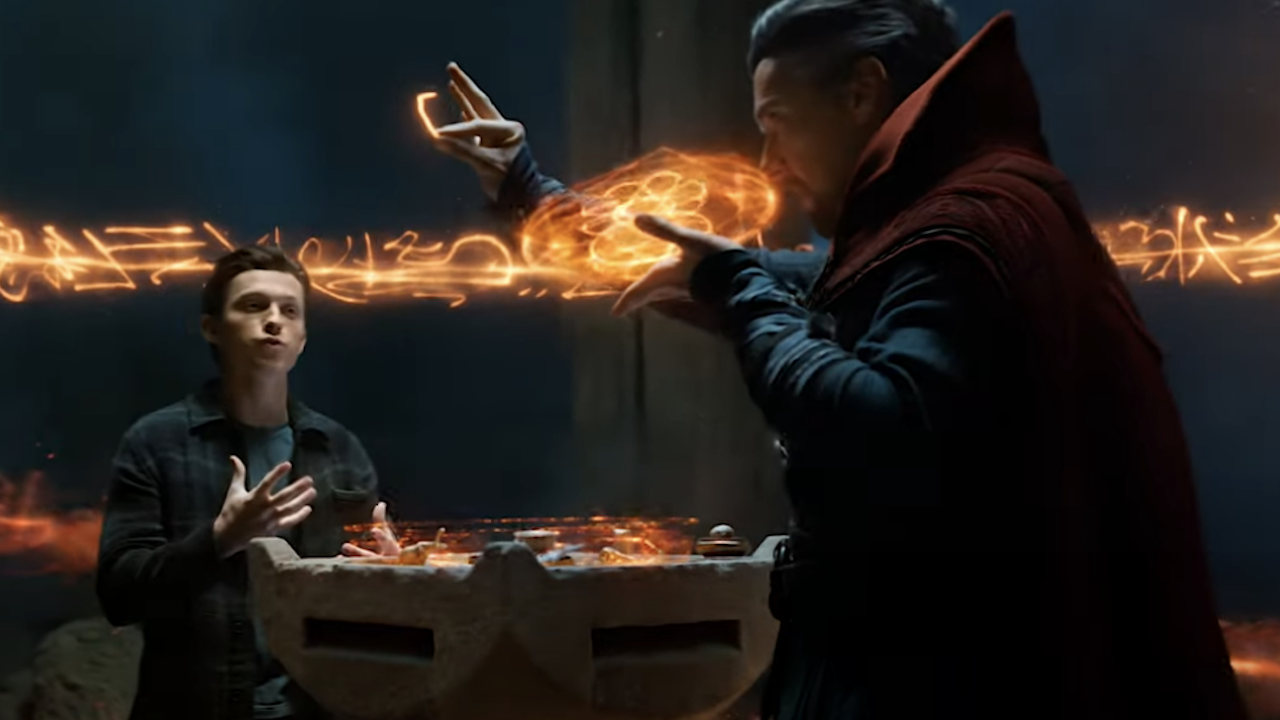
For the time being. Because it was Strange – with an “assist” from Peter Parker – who opened up a gateway to the multiverse in Spider-Man: No Way Home. Not intentionally. Strange was attempting The Runes of Kof-Kol, a spell meant to erase people’s collective memories so the world would forget Spider-Man’s secret identity. Only, Peter changed the parameters of the spell, and tampered with it by stating, mid-spell, that everyone who knew he was Spider-Man should still know. Thanks to the broken magic, Peter somehow opened gates between universes.
So magic can open doors between parallel universes?
Yes, apparently. And close them, as well, which Strange figures out how to do at the end of Spider-Man: No Way Home.
Kang The Conqueror and The Quantum Realm
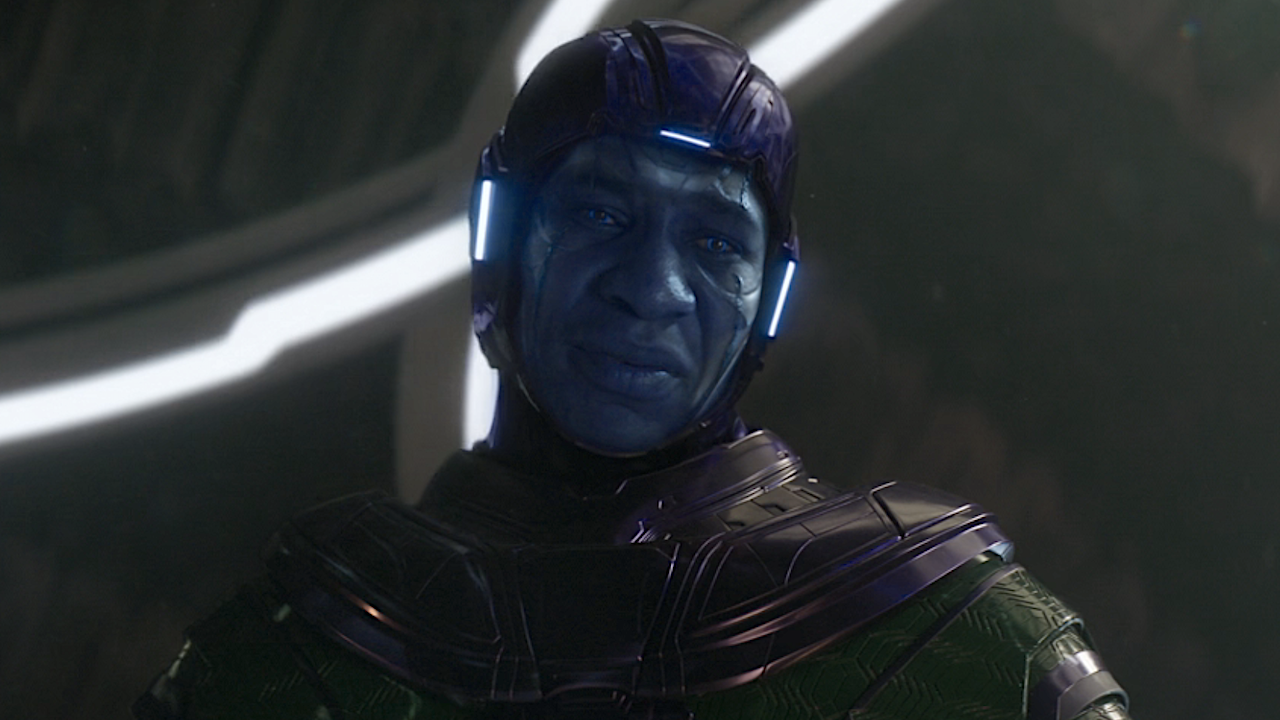
OK, America Chavez opens portals between universes, and dark magic allows certain powerful people to Dream Work between worlds. Are there other ways to access the Multiverse?
Actually, yes. When John Krasinski’s Reed Richards appears on Earth-838 in Doctor Strange in the Multiverse of Madness, he arrives to the Illuminati council meeting through a glowing transporter device. We will later see hundreds of Kang variants use that same rectangular portal at the end of Ant-Man and the Wasp: Quantumania, so I believe that device is some tool for traveling the Multiverse.
We learn a great deal about the MCU Multiverse when we catch up with Janet van Dyne (Michelle Pfeiffer) in Peyton Reed’s Ant-Man and the Wasp: Quantumania. Janet, as you may recall, was trapped in the Quantum Realm. While down there, she encountered a Kang variant who had been exiled there by his own people because of the threat he posed to all space and time. The other Kangs feared this variant, dubbed Kang the Conqueror. And in the Quantum Realm, he had a ship that allowed him to travel through the Multiverse. Only, while in the Quantum Realm, the ship’s power core had been damaged.
So he was trapped there for good?
Yes… until Janet helped him to fix the power source. This was before she realized Kang the Conqueror’s true, evil nature. Once Janet figured out that Kang’s plan was to escape the Quantum Realm and resume his practice of decimating universes, she used Pym Particles to enlarge the power source of Kang’s ship, rendering it useless.
And that worked?
For a long time. Until Cassie Lang (Kathryn Newton) opened up a portal to the Quantum Realm. This allowed Kang to kidnap Cassie and Scott, and force Ant-Man to repair the enlarged power source, making Kang’s Multiversal ship operational once more.
Kang the Conqueror resembled He Who Remains in this key way. He also said that he knows what is coming at the end of time, because he claims to have seen it. And he thinks that he’s the best chance of stopping it… whatever IT is. (“Me,” he warns. “A lot of me.”) But Kang the Conqueror is definitely far more sinister than He Who Remains, who at least established The Sacred Timeline and did what he could to maintain it. The Conqueror just seems to want to destroy everything in his path. He used his time in the Quantum Realm to establish an army. Once released from the Realm, he planned to exact revenge against the Kangs who defeated them, and establish The Kang Dynasty, with himself at the helm.
How was Kang the Conqueror stopped?
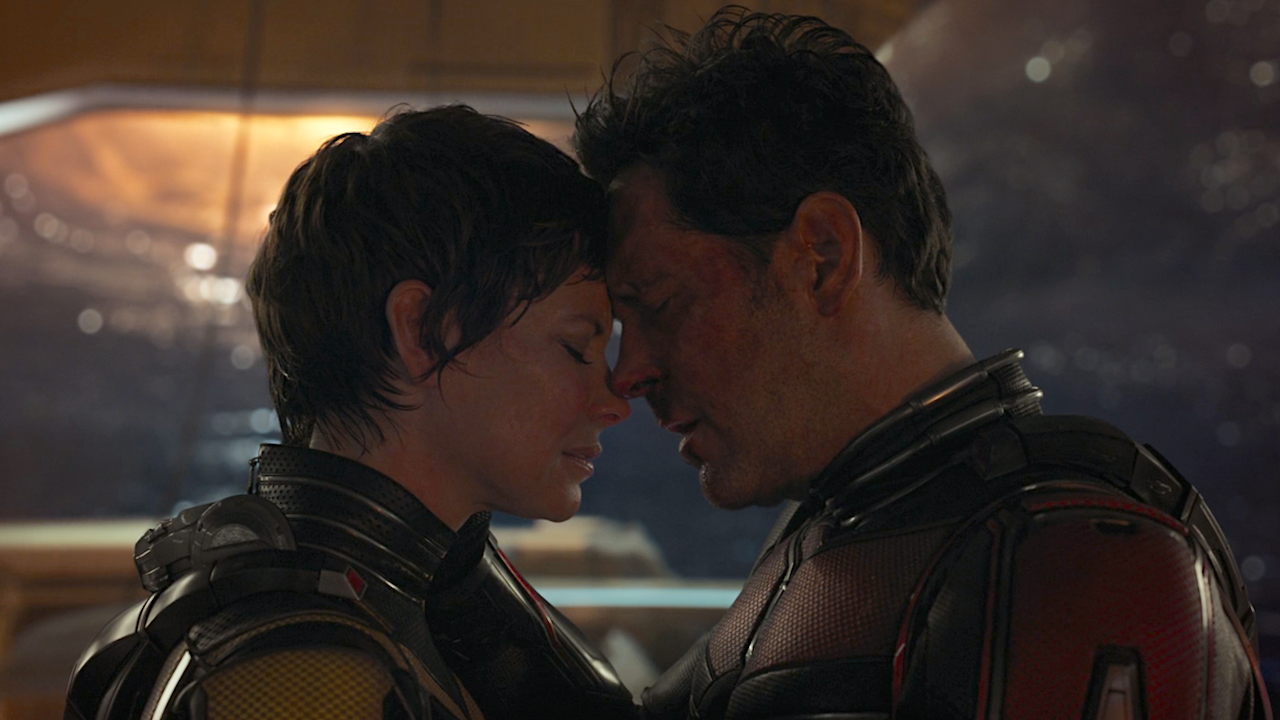
Scott and Hope van Dyne (Evangeline Lilly) fought him off and prevented him from stepping through a portal that would have transported him from the Quantum Realm to Earth-616. Then, Scott slammed a handful of Pym Particles into Kang’s ship core and… the device kind of exploded? Taking Kang along with it? I don’t know, the end of Ant-Man and the Wasp: Quantumania is really vague and open to interpretation. To the point where the film included a Paul Rudd voiceover that asks, “We really did defeat Kang, didn’t we?” Well, yes. But also no.
What happens next?
According to the mid-credits scene in Ant-Man and the Wasp: Quantumania, an infinite amount of Kang variants will begin another Multiversal war. They’re annoyed that Kang the Conqueror has been vanquished. More important, they’re mad that superheroes keep getting dangerously close to interacting with – and possibly altering – the Multiverse. If he is to be believed, He Who Remains’s existence was the only thing staving off the recreation of divergent timelines, Nexus events, and multiverses. Now, it's Loki's existence that maintains balance and order.
At the same time, Marvel Studios seems to have undergone a major pivot away from Kang, due to Jonathan Majors' legal issues. Knowing they would need to go big to distract from the Kang debacle, Marvel (and truck loads of cash) convinced Robert Downey Jr. to return to the MCU, this time playing super-baddie Victor von Doom. It will be interesting to see how Marvel handles Kang now that Doom is the assumed focus of the next two Avengers movies. Maybe he will surface later, recast, and dropped into a Fantastic Four sequel?
Not every upcoming Marvel movie and television show is expected to touch on the Multiverse. For example, The Marvels presented a standalone story that didn't involve Kang (but did have that one multiversal twist). Captain America: Brave New World will be a political thriller, rather than a Multiverse-hopping adventure. And Thunderbolts looks like an old-fashioned Dirty Dozen-type adventure. But Loki Season 2 definitely expanded on Kang’s mission, with Jonathan Majors returning, and the next two Avengers movies should bring various heroes together, so the Multiverse will continue to be a massive topic in the MCU through Phases 5 and 6, and possibly beyond.
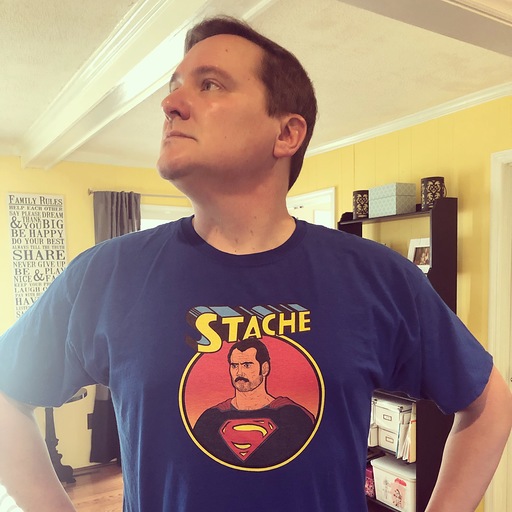
Sean O’Connell is a journalist and CinemaBlend’s Managing Editor. Having been with the site since 2011, Sean interviewed myriad directors, actors and producers, and created ReelBlend, which he proudly cohosts with Jake Hamilton and Kevin McCarthy. And he's the author of RELEASE THE SNYDER CUT, the Spider-Man history book WITH GREAT POWER, and an upcoming book about Bruce Willis.
